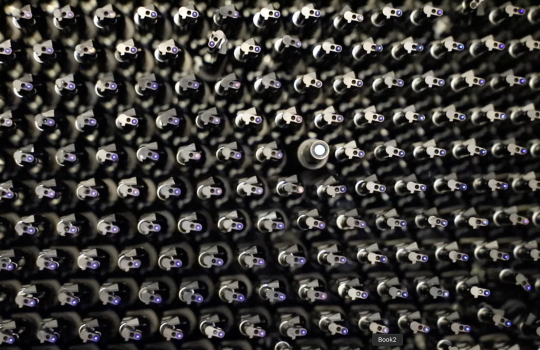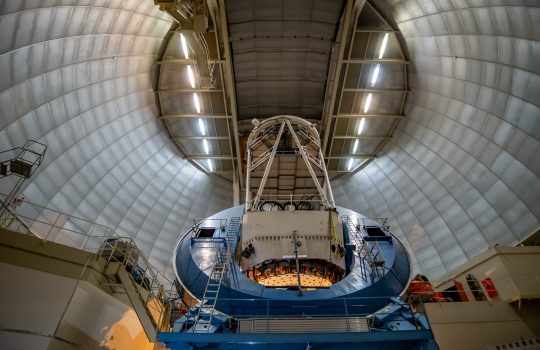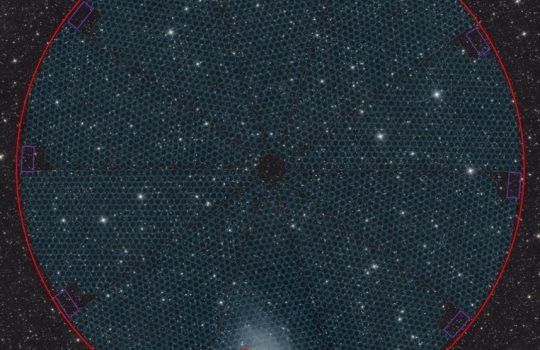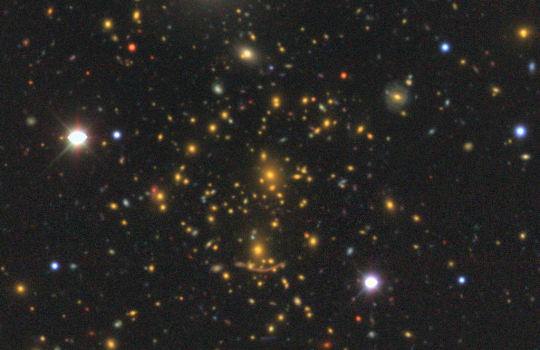Scientists are going back to Einstein to best Yoda — and know the fate of the universe
From CNN, June 3, 2021: Fermilab’s Don Lincoln covers the capabilities of the Dark Energy Spectroscopic Instrument, or DESI, in mapping the structure of the entire cosmos.







